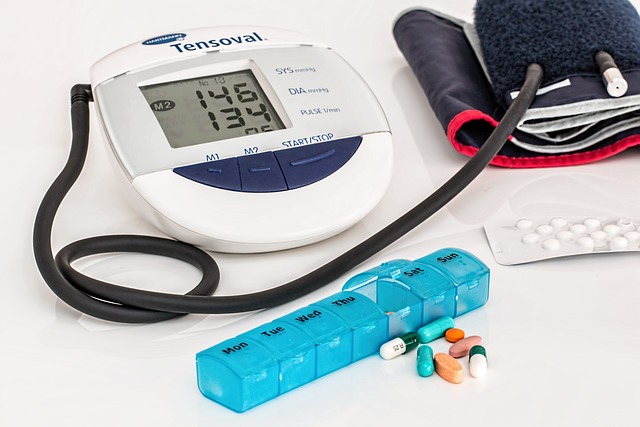Low water pressure in homes often goes unnoticed until it becomes a problem. Caused by factors like mineral buildup, old pipes, and leaky faucets, it leads to reduced flow rates and inefficient cleaning. Regular maintenance, including leak checks and drain flushing, is crucial for early issue detection. Upgrading plumbing components or installing pressure regulators ensures consistent water pressure. If DIY solutions don't help, consult a professional plumber for complex issues like faulty valves, preventing costly future repairs while enhancing daily routines.
Do you struggle with low water pressure in your home? It’s a common issue that can be frustrating and may indicate hidden plumbing problems. From leaks and clogs to corroded pipes, various factors contribute to reduced water flow. This article will guide you through identifying these issues, diagnosing the root cause, and providing effective solutions to boost your water pressure. Learn how to navigate these challenges with practical steps and expert tips on increasing water pressure in every area of your home.
- Identifying Common Plumbing Issues That Affect Water Pressure
- – Low water pressure causes and symptoms
- – When to call a plumber
Identifying Common Plumbing Issues That Affect Water Pressure

Many homeowners often take consistent water pressure for granted, but subtle issues within the plumbing system can significantly reduce it. Identifying these problems is the first step in learning how to increase water pressure. Common culprits include mineral buildup or rust accumulation in pipes, which can narrow them over time, restricting water flow. Older homes might have corroded pipes or faulty valves that need replacement for optimal performance.
Additionally, low pressure could be a result of an inefficient water heater, leaky faucets, or blocked drains. Regular maintenance and inspection are key to catching these issues early. Checking for leaks around fixtures and regular flushing can help prevent clogs. Upgrading old plumbing components or installing water pressure regulators can also ensure a steady flow throughout your home, providing you with the consistent water pressure you need for daily tasks.
– Low water pressure causes and symptoms

Low water pressure in your home can be frustrating and often goes unnoticed until it becomes a significant issue. It’s caused by various factors, including leaks, mineral buildup, old pipes, or even faulty water meters. Symptoms include reduced water flow from faucets and showers, a weak spray when cleaning, or a lack of pressure for flushing toilets effectively. To diagnose the problem, start by checking for visible leaks around fixtures and pipes. Next, consider the age of your plumbing; older systems may need upgrades to maintain optimal pressure.
One effective way to increase water pressure is to have professional plumbers inspect and clean your pipes. They can remove mineral deposits and rust buildup that restrict water flow. Additionally, replacing worn-out or corroded pipes with new ones can significantly improve pressure. Simple adjustments like installing low-flow aerators on faucets or showerheads can also help, allowing for better water pressure while conserving water usage—a win-win for both you and the environment.
– When to call a plumber

If you’ve tried adjusting your water pressure regulator and still can’t seem to boost the flow rate, it might be time to call a plumber. They have the tools and expertise to identify more complex issues that could be hindering water pressure, such as leaks in pipes or faulty valves. Regular maintenance from a professional can help prevent future problems and ensure your plumbing system operates efficiently.
Remember, low water pressure isn’t always a minor inconvenience—it could indicate a significant problem within your plumbing system. By addressing it promptly, you’ll not only improve your daily routines but also potentially save money on repairs in the long run. Learn how to increase water pressure by taking these proactive steps and consulting with a plumber when needed.
Many hidden plumbing issues can significantly reduce your water pressure, but identifying them is the first step to restoring it. By understanding common causes like mineral buildup, corroded pipes, or faulty valves, you can take proactive measures to maintain optimal water pressure in your home. If problems persist, don’t hesitate to consult a professional plumber for expert solutions. Regular maintenance and timely repairs will ensure your plumbing system delivers the strong, consistent water pressure essential for daily tasks and overall comfort. Implement these tips to increase water pressure and enjoy a more efficient and dependable supply.
